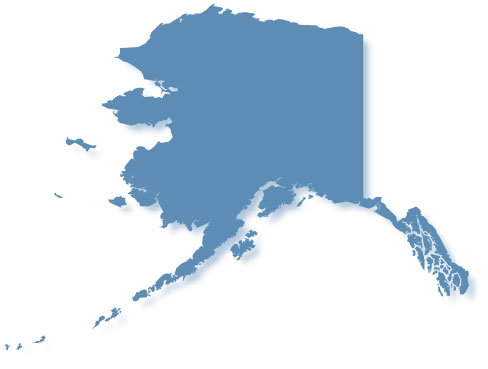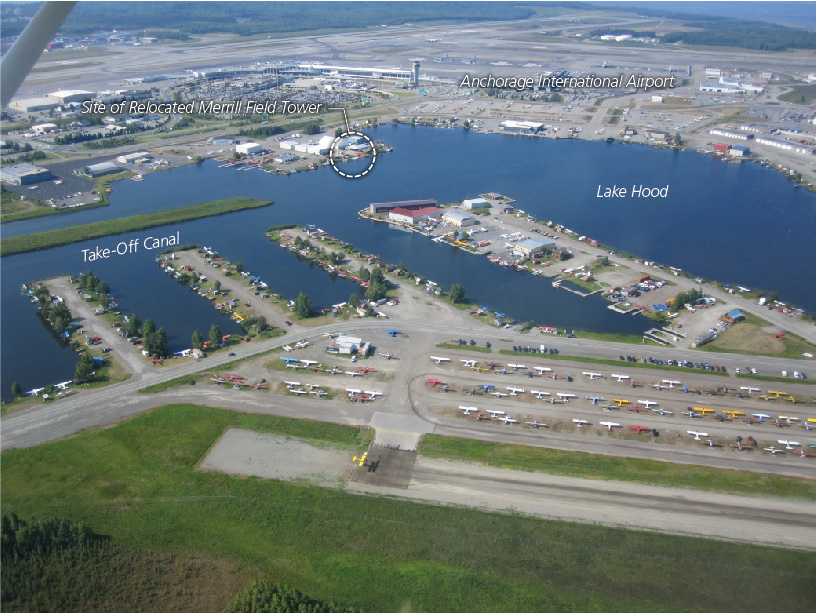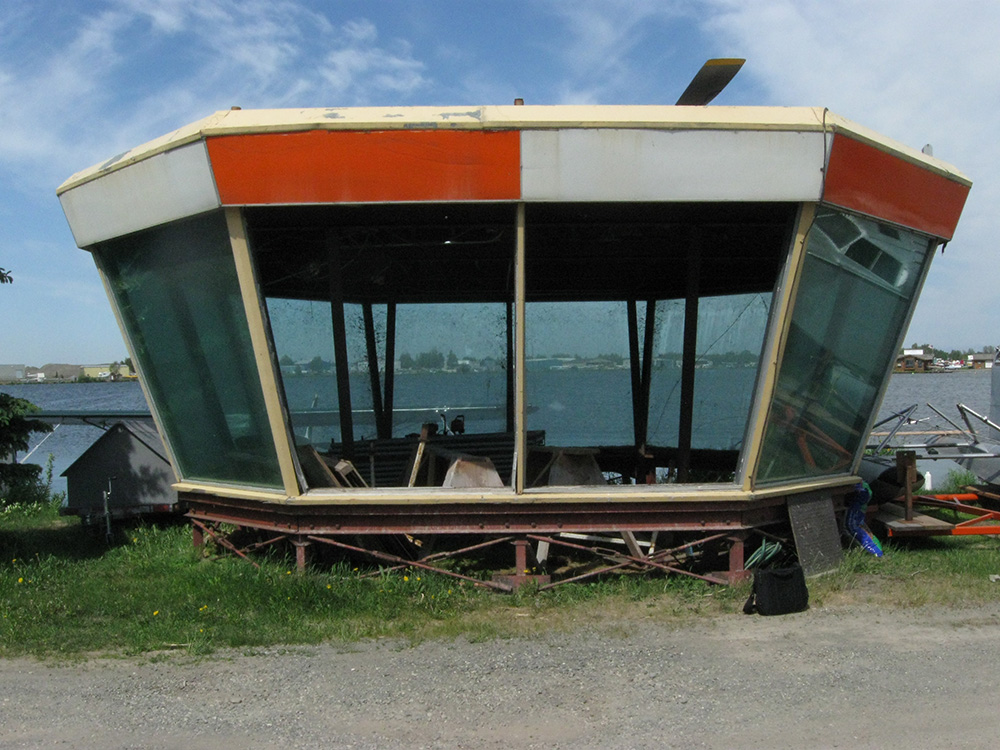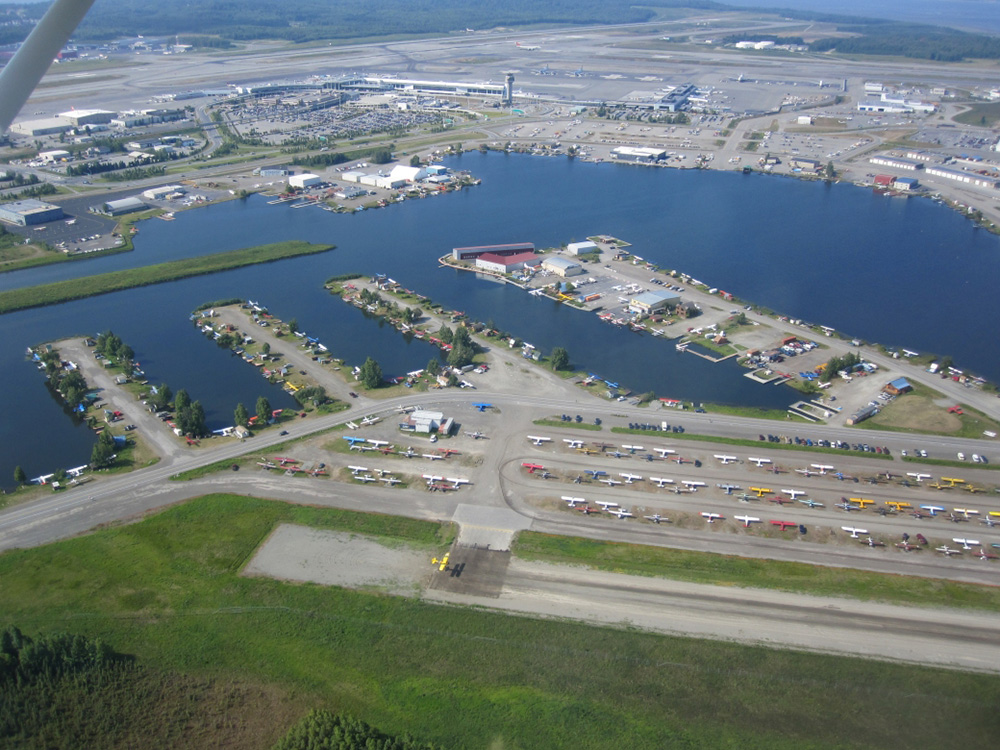 In no other state is aviation more important to the local population than Alaska. Why is this? Well, look at a map of Alaska. We’re huge – twice as big as Texas! Now look at our road system – hardly anything compared to the vast size of our state. Many of the populated areas of Alaska are not accessible by road and can only be reached by plane or boat. When the rivers freeze up in the fall, planes are the only way in and out. During summer months, the work horse of aviation is the float plane. Typically, small single-engine planes on floats, these planes come out in force in summer almost as thick as our infamous mosquitoes, hauling passengers and supplies to remote villages, mining camps, and seasonal-use hunting and fishing lodges located throughout Alaska.
In no other state is aviation more important to the local population than Alaska. Why is this? Well, look at a map of Alaska. We’re huge – twice as big as Texas! Now look at our road system – hardly anything compared to the vast size of our state. Many of the populated areas of Alaska are not accessible by road and can only be reached by plane or boat. When the rivers freeze up in the fall, planes are the only way in and out. During summer months, the work horse of aviation is the float plane. Typically, small single-engine planes on floats, these planes come out in force in summer almost as thick as our infamous mosquitoes, hauling passengers and supplies to remote villages, mining camps, and seasonal-use hunting and fishing lodges located throughout Alaska.
Alaskans have a dependence on floatplanes and aviation in general, even though Alaska is not the most hospitable place to fly. We have what seems like endless terrain (what I call “a lot of nothing”), mountains, volcanoes, and unpredictable weather. The early Alaska pilots and their experiences are the stuff legends are made of. Growing up in Alaska, our heroes were not the gunslingers or sheriffs of Western lore, but the “bush” pilots who frequently risked it all performing rather mundane tasks such as delivering mail to a bush community.

The center of floatplane activity in Anchorage is Lake Hood located next to Ted Stevens Anchorage International Airport. Lake Hood and the adjacent Lake Spenard are two small lakes approximately three miles from downtown. In 1939, the lakes were connected by a man-made canal and developed into what has become the largest floatplane base in the world. Lake Hood has 500 floatplane slips, supports over 50 flight-service and aviation-support businesses, and averages over 70,000 flight operations each year. That’s nearly 200 a day. A pedestrian trail surrounds Lake Hood and, on summer days, tourists and local residents watch the floatplanes take off and land on the lake.

The Alaska Aviation Heritage Museum is located on the south side of Lake Hood. The museum chronicles the history of aviation in Alaska and showcases restored vintage aircraft. When the 1950s era control tower at Merrill Field, another public-use general aviation airfield in Anchorage, was replaced in the early 2000s, the museum obtained the “cab” from the top of the tower. With a grant from the State of Alaska, the museum is constructing a “mini control tower” on the south shore of Lake Hood. The cab will be installed on a new 20’ x 20’ base constructed on a pile supported platform. New observation decks will be constructed around the cab. The lower level will be used for museum displays. The upper level, the restored cab, will be equipped with speakers wired to the Lake Hood control tower, allowing visitors to listen to the actual dialogue between the air traffic controllers and the pilots while watching the planes land or take-off right in front of the facility. Reid Middleton was honored to provide the structural engineering on this unique re-use of Alaskan aviation history.
To watch footage of actual take-offs and landings at Lake Hood, web search “Lake Hood Anchorage,” and you’ll find links to numerous videos.


